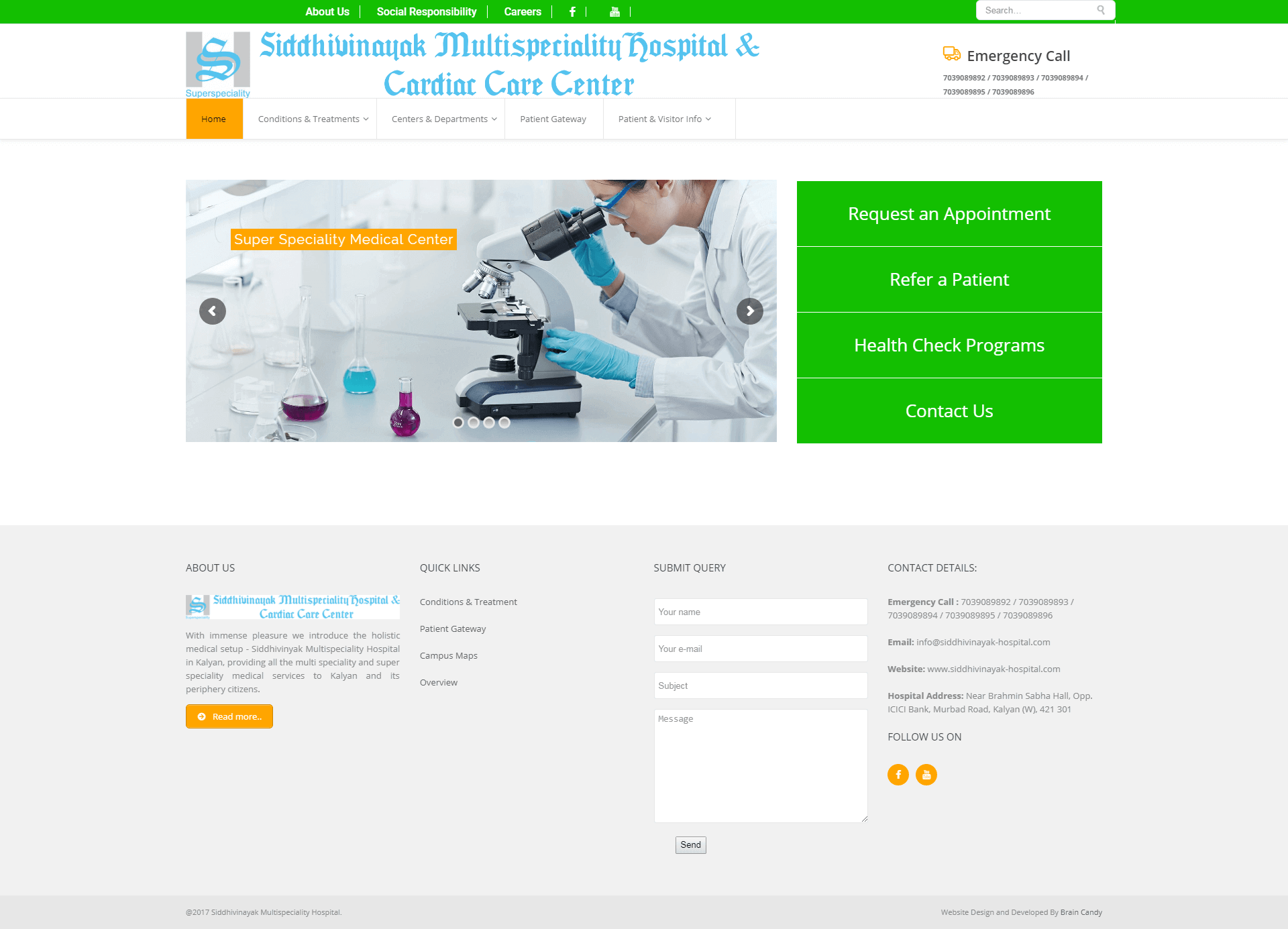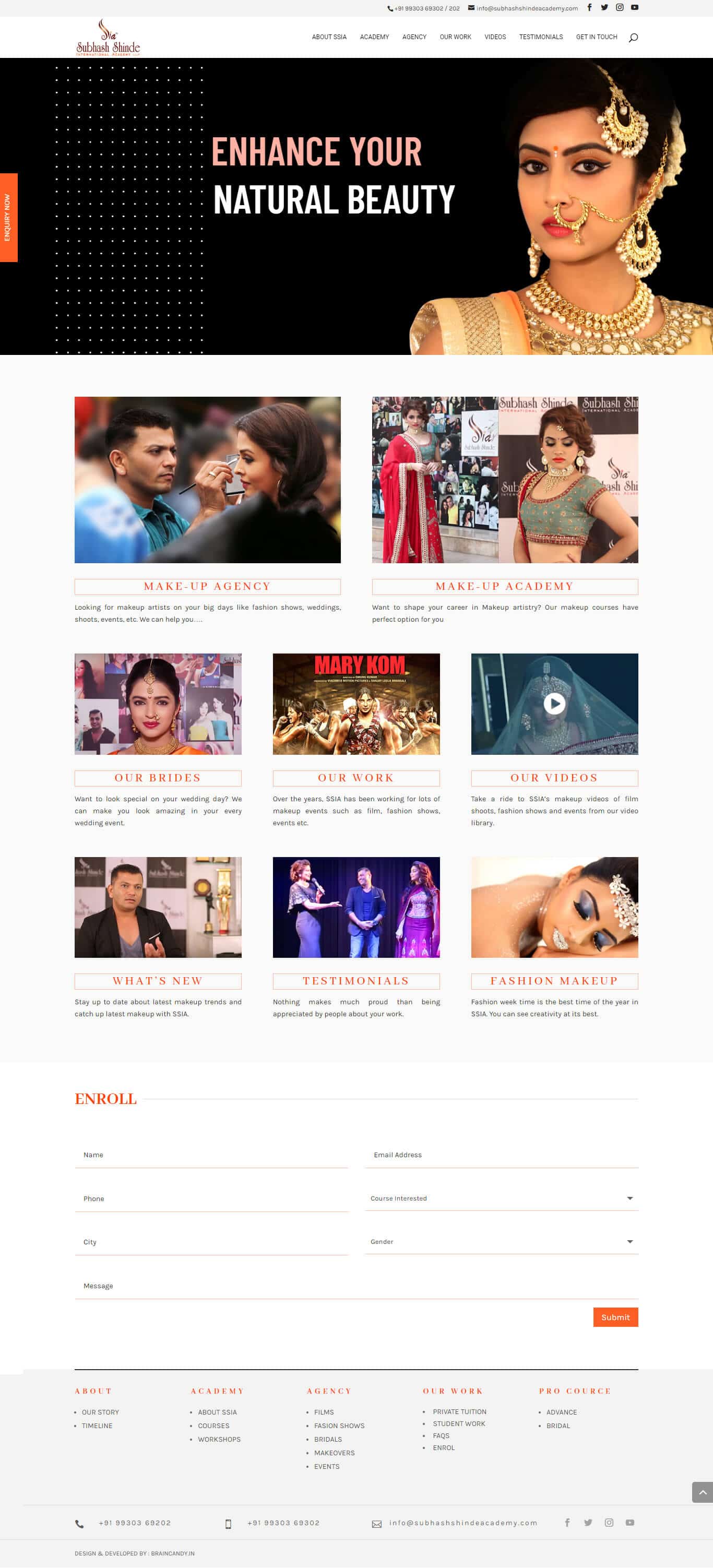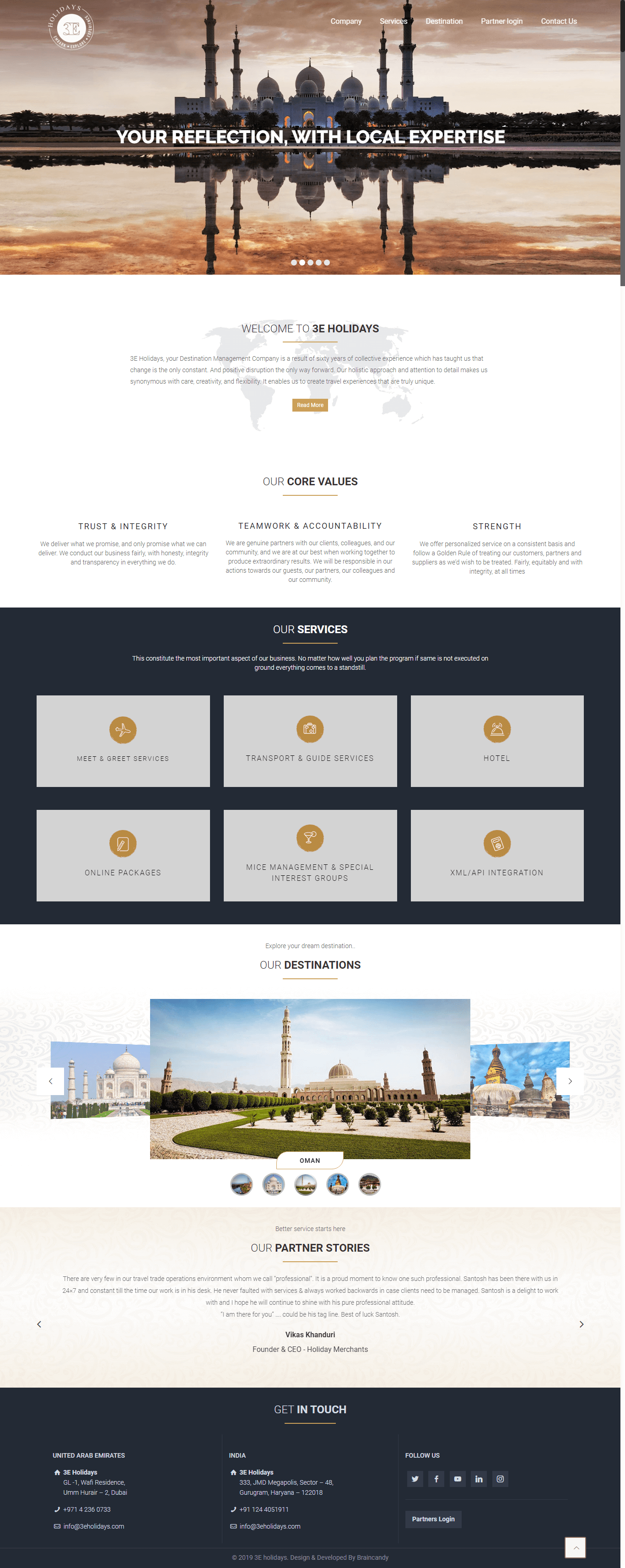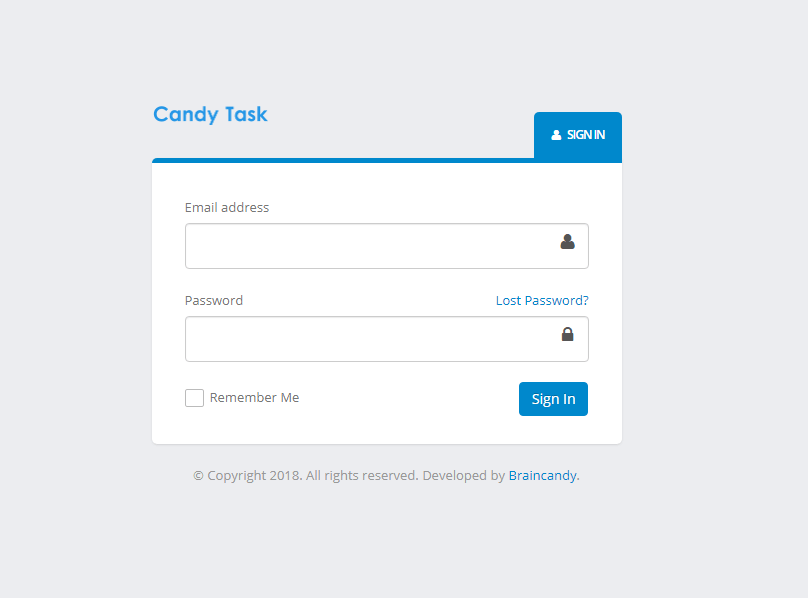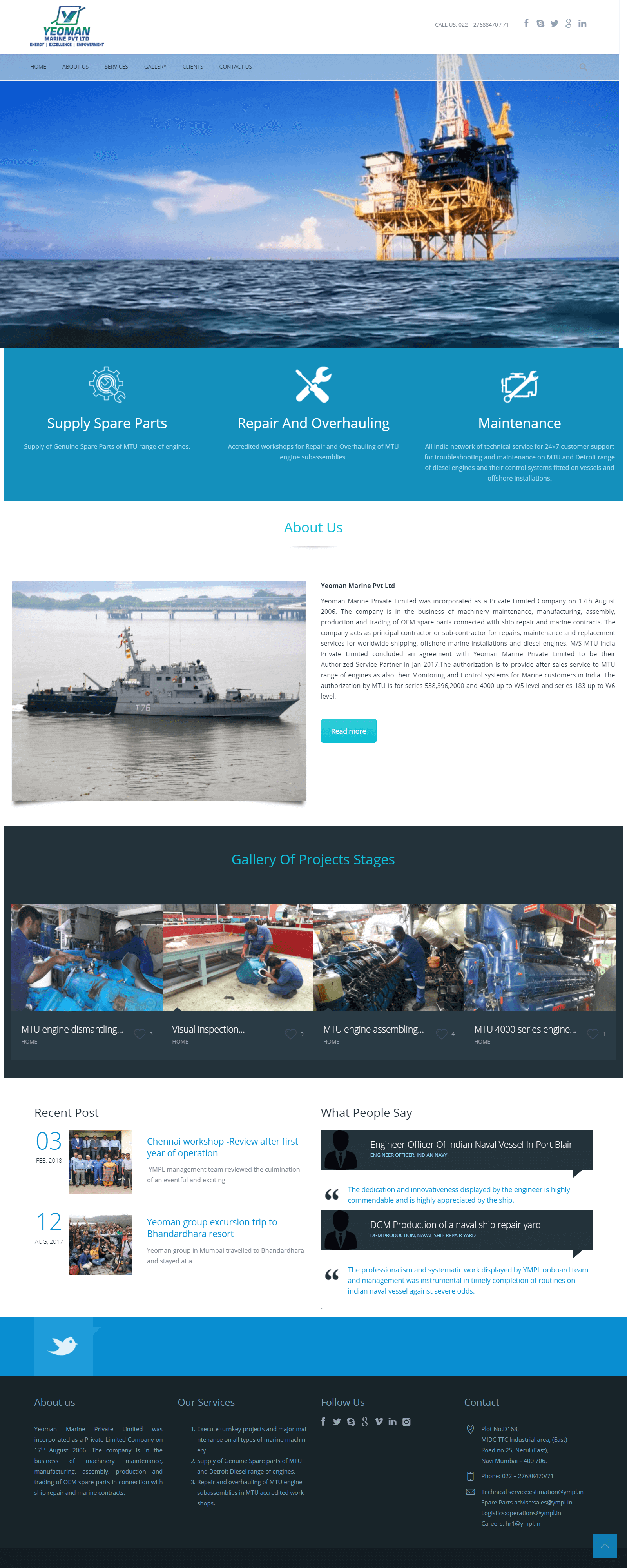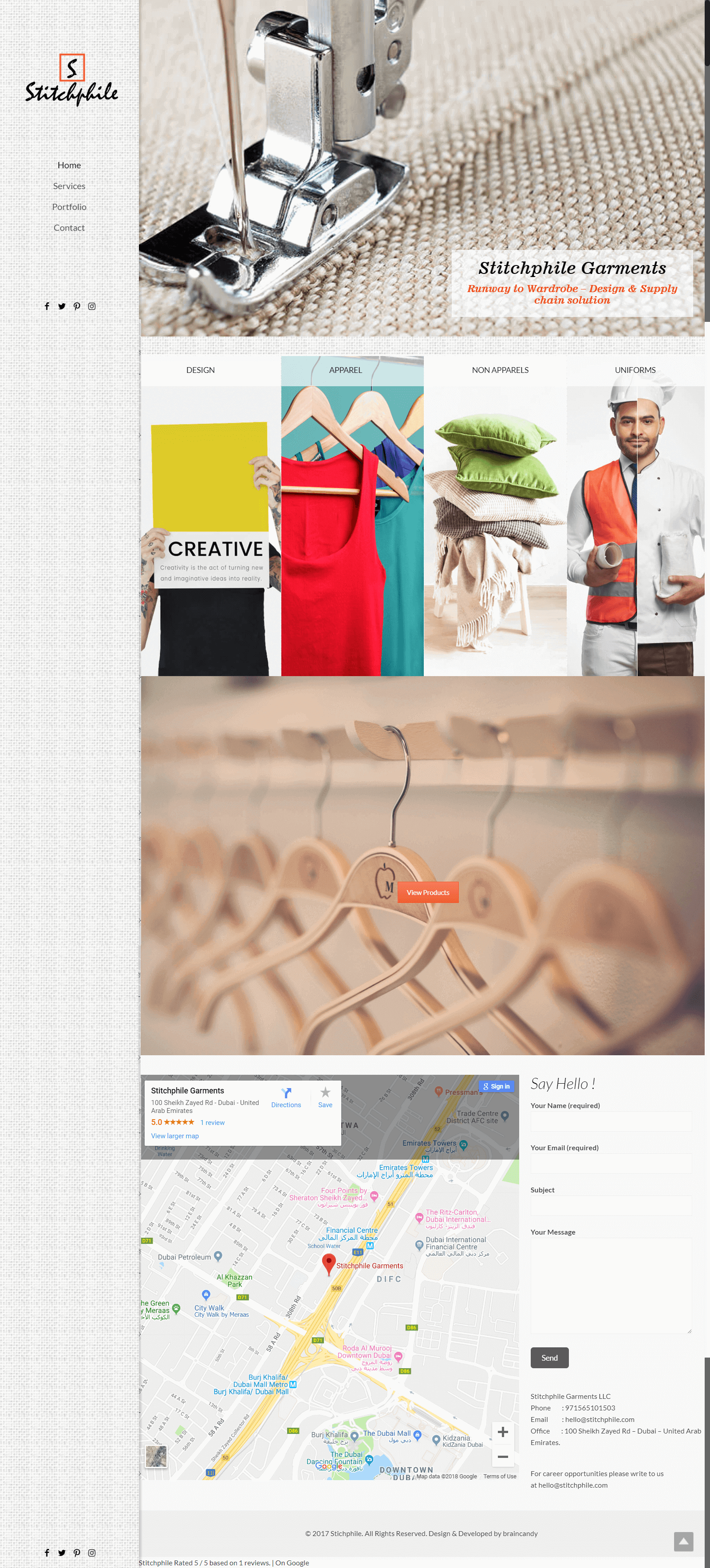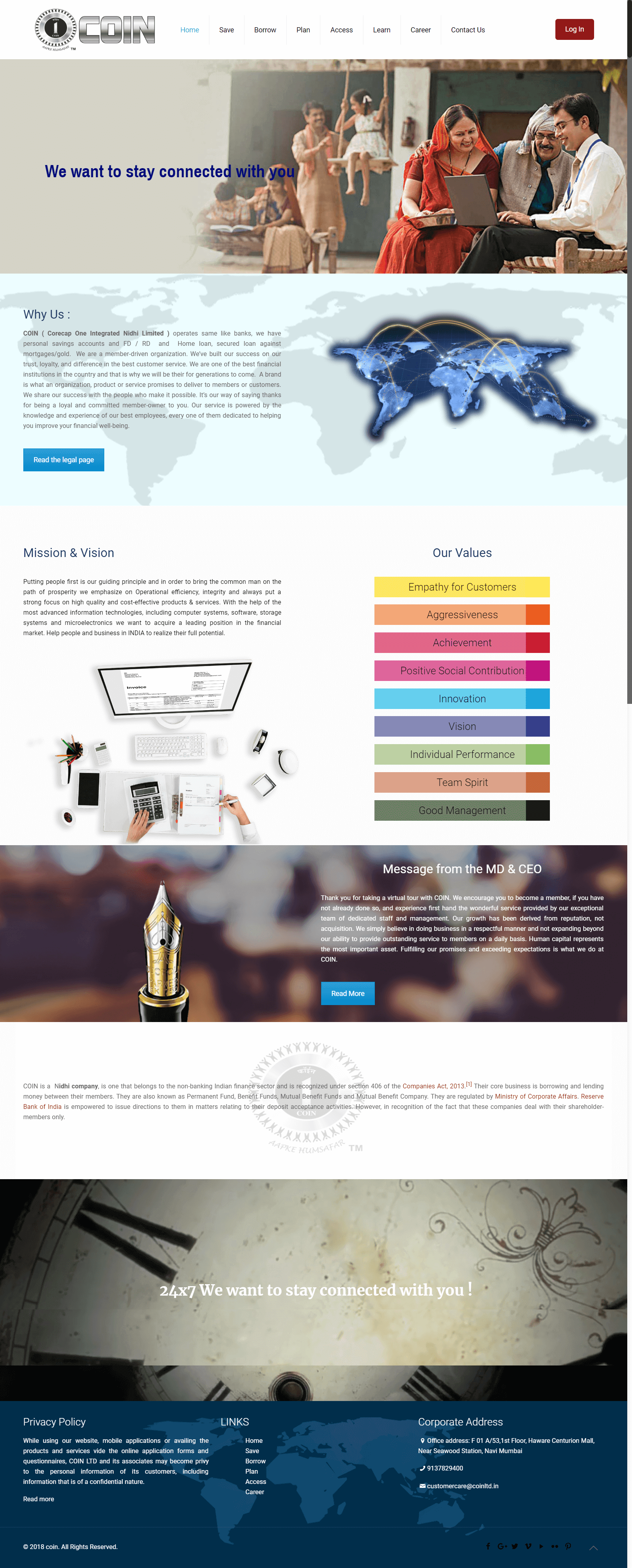- BY braincandy
- POSTED IN SEO
- WITH 0 COMMENTS
- PERMALINK
- STANDARD POST TYPE
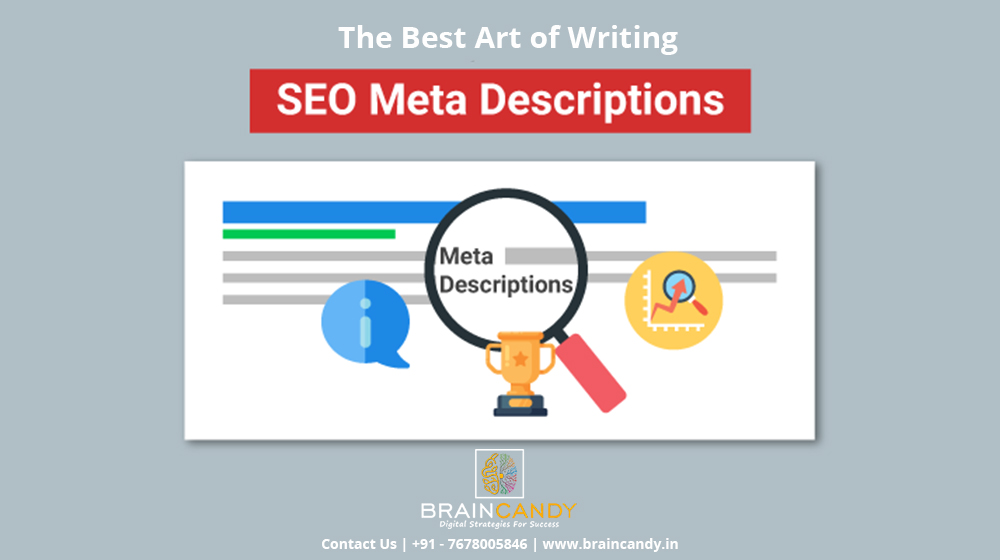

Within SEO Positioning, the meta description is a significant factor. One of the elements that most influence it and that must be optimized to the maximum is the Meta Description since it will help you attract users from the search results and, therefore, improve your outsource SEO positioning.
What is the Meta Description?
The Meta Description, or Meta Description in English, is an HTML tag that contains a brief description, maximum of 156 characters or 920 pixels, of the content on a page, blog post, or product/service on a website. The content of the Meta Description is not visible to users, but you can find out if you inspect the code of the page in question. To find the Meta Description, you must look inside the <Head> tag.
How to write a Meta Description that attracts clicks
1. A different Meta Description per URL
As with the SEO title, it is not advisable to have the same Meta description for several pages. This is logical if you think that each page should be targeting a different target keyword than the others, and therefore, the content will be unique.
2. Be descriptive
The primary function of the Meta Description tag is to summarize the content that is on a specific page of a website.
Therefore, you must ask yourself a series of questions, such as:
- Why is a user searching for this content?
- What are the main questions that users have, and do you answer on the page?
- What content is on that page that may be important to the user?
Once these questions are answered, you can make a Meta description taking into account the content’s strengths and the user.
It is essential that you be realistic with the content description, do not promise the user something that he will not find. If you do this, it can end up harming you, since users will leave when they see content that is not what they expected, with a negative opinion and this in SEO is summed up to a higher bounce rate and a low dwell time.
3. Add the main keyword
This is something that naturally should happen, but I think it’s interesting to remind you. At least you must enter the main keyword for which you want to position the content. If you can add a secondary keyword naturally, all the better.
This is interesting because when the user performs a search, and those words appear in the Meta Description, Google puts those words in bold.
4. Make it irresistible
Once you have a clear description of the content on the page, go one step further. In many cases, your content may be similar to what is on other pages, so you will need something else to attract users.
At this point, you can exploit two significant elements of persuasion:
Value proposal
What is it that differentiates the content of your page compared to what in the rest? Add the difference to the Meta Description so that users know why you are a better choice than the rest.
Service/product pages: Is your quality superior to the rest? Are your prices more competitive? Do you have better customer service? Easy and free returns and exchanges?
Blog pages: Is your information the most complete? Do you give examples? Do you include video, sound, or image material? Do you provide any useful downloadable?
Calls to action
Make the user want to visit your page by showing them how to make, use, or buy something you’re talking about. If, for example, you are teaching on your blog how to install Google Analytics in WordPress step by step as a tutorial, tell the user in the Meta description.
5. be honest
When you are writing the Meta Description, you must try to be realistic with the content and not get carried away. If you create a description in which you promise the user content that they will not find or a solution that you do not give, you will lose their trust, and in future searches, they will not access your content. The visit will also be of low quality, with a high bounce rate and a short stay.
6. limit the length
The Meta Description has space limited to 156 characters in Google SERPs, so you should not exceed this limit. In case you exceed it, ellipses will appear, preventing the description you have created from being entirely seen by the user, and, as a consequence, it will be incomplete.
It is essential to stick to this space and create the best Meta Description possible, considering the 156 character limitation. In this way, you will have maximum control over the message that will appear.
7. Emoticons
Emoticons help make the Meta description more visible and attractive to users. However, not all emoticons help this. The most recommended for Meta descriptions are the arrow emoticons, the little hands, the checkmarks, and some easily integrated symbols into the text.
You have to use those icons that go well with the type of web page you have. Obviously, a severe page cannot use very informal emoticons.
How it affects SEO positioning
The Meta description itself is not a ranking factor, but it does affect CTR, the number of clicks a link gets compared to its number of impressions. If the Meta description is useful and of quality, you will get a higher number of clicks. Thus, the web will have more visits, the CTR will be higher, and the SEO positioning will be better and hire a local SEO company.
In front of the title of the page, some forget to optimize the Meta description. However, it is of great importance in SEO positioning. Not surprisingly, the Meta description can make a website’s content clear to users to see if it meets the needs they are looking for.
In short, the Meta description indirectly affects SEO, but it is key to it. It can be said that it is a more than exciting reinforcement to get clicks and improve the positioning of a page rather than contacting professional SEO services.

